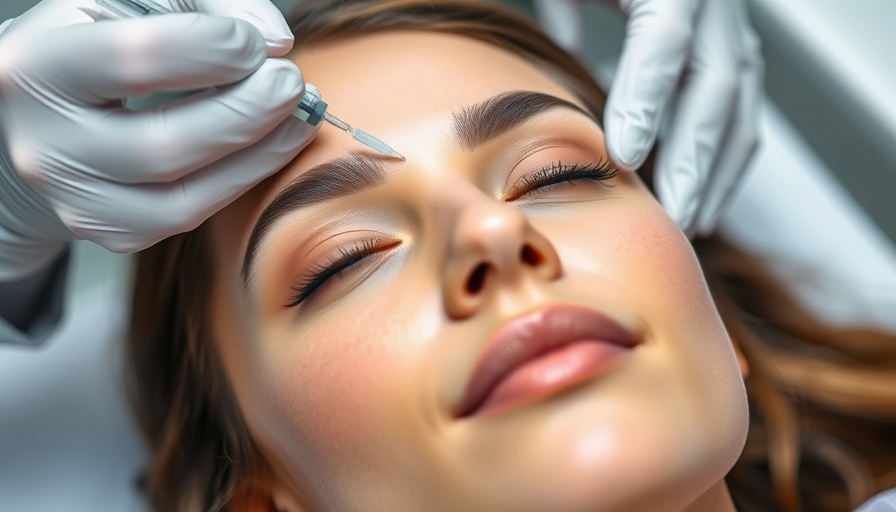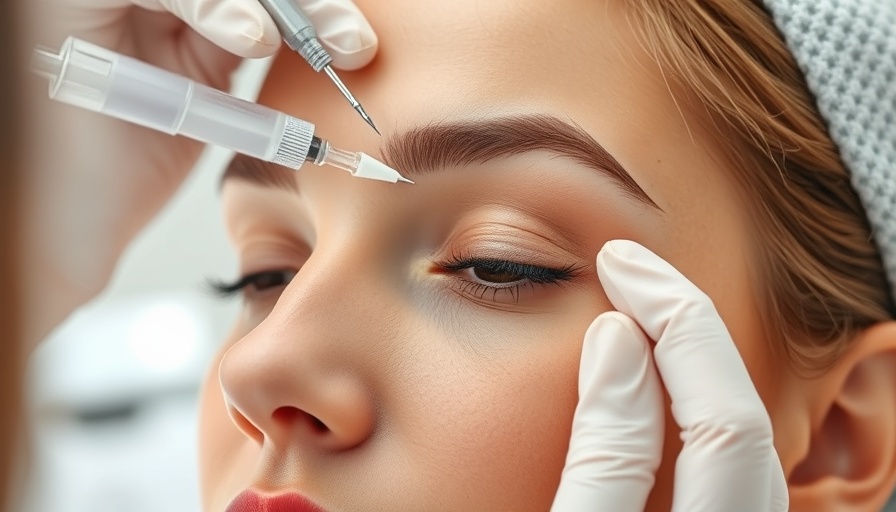
Understanding the Rise of Baby Botox
In recent years, the trend of "baby Botox" or microdosing has captured the attention of young adults in their 20s and 30s. This approach to Botox treatment focuses on administering smaller doses to prevent the onset of wrinkles before they become permanent. Many young patients view this preventive measure as a proactive step towards maintaining youthful skin, thereby circumventing more intensive treatments later on.
The Debate: Preventive Power or Cosmetic Overkill?
The conversation surrounding baby Botox has become polarizing among clinicians. Some experts believe that this cosmetic intervention can indeed be beneficial, highlighting that starting early may help establish a routine that delays the appearance of deeper lines. However, others caution against beginning treatment too soon, noting that it could lead to the overuse of Botox, resulting in an unnatural look, often described as “overdone.” Critics of the trend argue that waiting for visible signs of aging before starting such interventions may yield more natural-looking results.
Commitment to Maintenance
A significant consideration within this trend is the long-term commitment associated with microdosing. Patients who start treatments early may find themselves needing ongoing sessions to maintain their appearance. This ongoing commitment raises essential questions about sustainability and affordability, factors that medical spa owners should consider when recommending treatments to clients.
Insights into Patient Motivation
Understanding the motivations behind young adults opting for baby Botox is crucial. Aesthetic standards are evolving, with more individuals seeking subtle enhancements rather than dramatic changes. Moreover, today’s younger generations often prioritize preventative care, which reflects a cultural shift towards valuing long-term skin health rather than simply addressing issues as they arise.
The Role of Medical Spas in Aesthetic Trends
As the popularity of baby Botox rises, medical spas play a pivotal role in shaping how younger clients perceive and engage with aesthetic treatments. Providing education about proper dosing and encouraging consultations can help mitigate concerns about the appropriateness of beginning Botox treatments at a young age. Medical spa owners can capitalize on this trend by offering personalized consultations that consider individual skin types and goals.
Final Thoughts: A Trend Worth Watching
Baby Botox is not just a passing trend—it reflects broader cultural shifts around beauty and self-care. As medical spa owners, staying informed about client motivations and establishing a strong knowledge base regarding these treatments will be essential. By navigating the complexities of cosmetic interventions and offering individualized care, spas can ensure they meet the evolving needs of a younger clientele while maintaining professional integrity.
 Add Row
Add Row  Add
Add 




Write A Comment